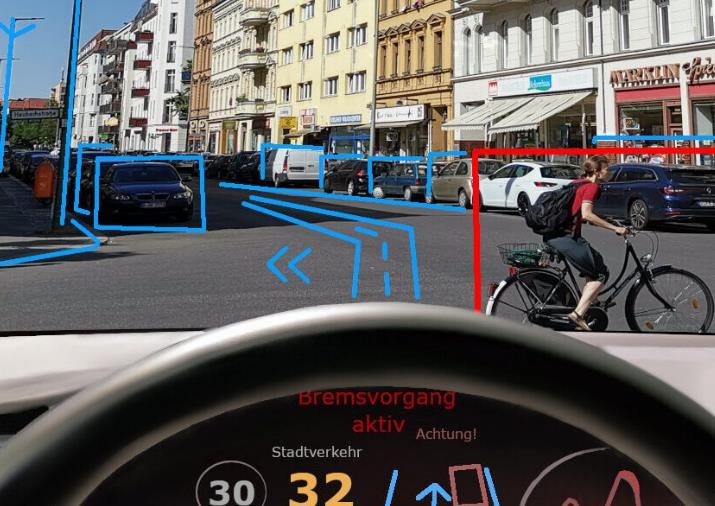The Automotive Child Presence Detection Systems market is on a rapid ascent, projected to skyrocket from $65 million in 2025 to a staggering $3.6 billion by 2035.
The alarming rise in incidents of children being trapped inside vehicles has propelled the demand for advanced child presence detection systems. Governments worldwide are tightening regulations to enhance vehicular safety, making these systems indispensable for automotive manufacturers.
“Increasing fatalities related to children left unattended in cars have made these detection systems a priority for both regulators and consumers,” noted an industry analyst. This heightened focus on safety is not just a trend but a necessary shift towards safeguarding the most vulnerable passengers.
The surge in SUV and luxury vehicle sales further fuels the market. These vehicle types, often favored by families, incorporate advanced safety features, including child presence detection, to meet consumer expectations for enhanced protection.
Technological Innovations Fuel Market Growth
Advancements in technology are opening new avenues for the automotive child presence detection systems market. The integration of machine learning, artificial intelligence, and real-time data sharing is revolutionizing how these systems operate, making them more efficient and reliable.
- AI and Machine Learning: Enhancing the accuracy of child detection through intelligent algorithms.
- Real-Time Data Sharing: Facilitating instant communication between vehicle systems and external databases.
- Advanced Sensors: Improving detection capabilities without physical contact, ensuring seamless integration into vehicle designs.
These innovations are not only improving system performance but also reducing maintenance costs, making them more attractive to manufacturers and consumers alike.

Radar Sensors Lead the Charge
Currently, radar sensors dominate the automotive child presence detection systems market, holding the largest share due to their cost-effectiveness and precise object tracking capabilities. Radar sensors excel in identifying and monitoring objects within vehicles without requiring physical contact, making them a preferred choice for many manufacturers.
However, the future points towards a significant shift. The “others” segment, which includes cameras and other novel technologies, is expected to witness the highest compound annual growth rate (CAGR) of 51.04% from 2025 to 2035. This surge is driven by the increasing adoption of camera-based systems that offer superior detection accuracy and integration with other advanced automotive technologies.
Table: Projected Growth of Automotive Child Presence Detection Systems by Type
| Type | 2025 Market Share | 2035 Projected CAGR | Key Advantages |
|---|---|---|---|
| Radar Sensors | Highest | Steady | Cost-effective, reliable tracking |
| Cameras | Significant | 51.04% | High accuracy, integration with AI |
| Others | Moderate | 51.04% | Enhanced performance, reduced costs |
Investment and R&D: The Backbone of Market Expansion
Significant investments in research and development are key to the continued growth of the automotive child presence detection systems market. Companies are dedicating resources to develop more sophisticated systems that can better address safety concerns while also being cost-efficient.
“Investing in R&D is crucial for staying ahead in this competitive market. Our focus is on creating systems that are not only effective but also affordable,” explained the CEO of a leading automotive safety firm. These efforts are expected to yield innovative solutions that will drive market growth and open up new opportunities for businesses operating in this space.
Overcoming Cost Barriers
Despite the promising growth, high costs associated with advanced detection systems pose a challenge. Developing and integrating these technologies into vehicles requires substantial investment, which can be a deterrent for some manufacturers.
Addressing the Cost Challenge:
- Economies of Scale: Increasing production volumes to reduce per-unit costs.
- Technological Advancements: Leveraging new technologies to create more cost-effective solutions.
- Government Incentives: Utilizing subsidies and incentives to offset development costs.
These strategies are essential for making advanced child presence detection systems more accessible and accelerating their adoption across the automotive industry.
Global Collaboration and Regulatory Support
The collaboration between automotive companies and government bodies is pivotal in advancing the automotive child presence detection systems market. Governments are playing a proactive role by enforcing stricter safety regulations and providing support for technological advancements.
Collaborative Efforts:
- Regulatory Frameworks: Establishing standards that mandate the inclusion of child presence detection systems in vehicles.
- Public-Private Partnerships: Facilitating collaborations between manufacturers and tech firms to innovate and implement effective safety solutions.
- International Standards: Harmonizing regulations across different regions to ensure global consistency in safety standards.
These collaborative efforts are driving the market forward, ensuring that technological advancements translate into real-world safety improvements.
Market Opportunities and Future Outlook
The automotive child presence detection systems market is brimming with opportunities, driven by the increasing emphasis on safety and the continuous evolution of automotive technologies. As manufacturers strive to meet regulatory requirements and consumer demands, the market is poised for exponential growth.
Growth Opportunities:
- Emerging Markets: Expanding into regions with rising automotive sales and increasing safety regulations.
- Technological Integration: Combining detection systems with other advanced vehicle technologies like autonomous driving and smart connectivity.
- Customization and Scalability: Developing systems that can be tailored to different vehicle types and scales of production.
With these opportunities, the market is set to not only grow in size but also in sophistication, offering more advanced and reliable safety solutions for the future.
















